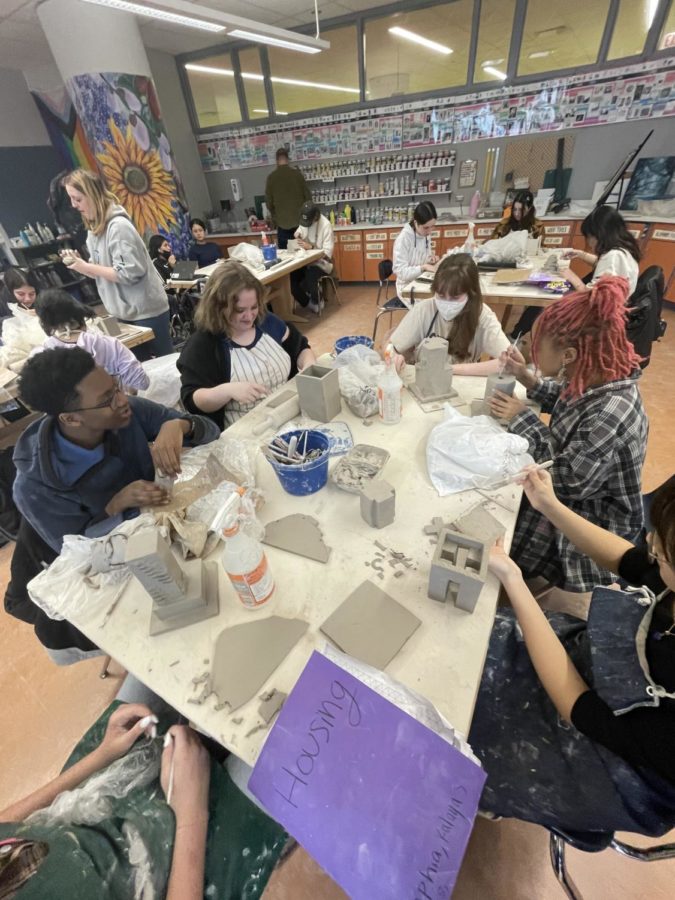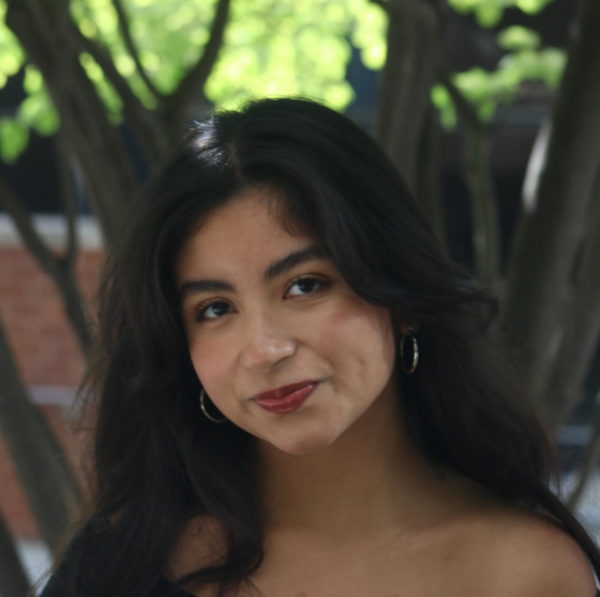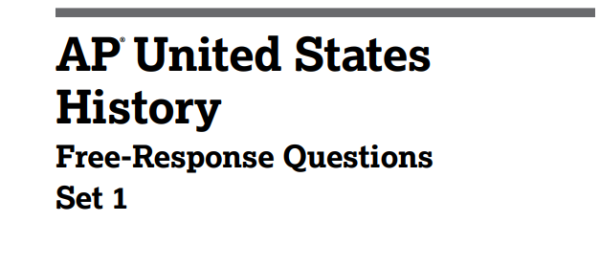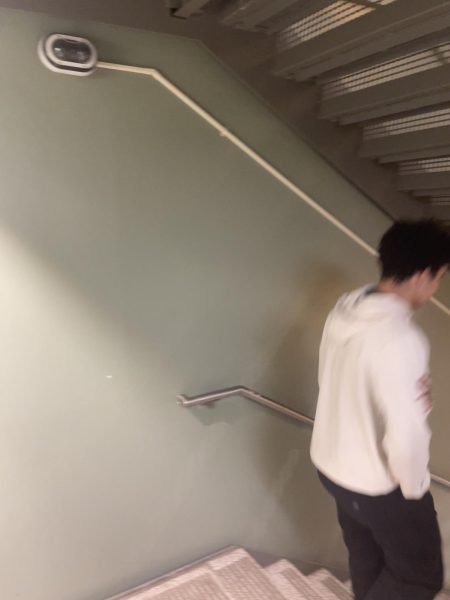Our city of solutions
Visual Arts department introduces collaborative community project
A collaborative community project, called the “City of Solutions,” aims to connect the Jones student body by designing a fictional city made of individual and collaborative student artwork.
The city project is being led by all students in Sculpture I and II. However, Jones students interested in partaking in the project are also welcome to create additional pieces.
“It’s a collaborative community sculptural artwork that’s made up of about 200 individual sculptures with every student from every section of sculpture making some pieces of it,” said Lance Larsen, one of the visual arts teachers directing the project. “There are also additional pieces that we are opening up to the community to make so people might come in during AcLab and [create] part of it.”
Groups of students in each class were organized into different departments, each tasked with solving a community issue related to their department that can be reflected in their sculptures.
“Every department is in charge of addressing their department function with a sculpture that represents the function. We have a department of housing, parks and [recreation], education, commerce, resources and things like that,” said Larsen. “Every sculpture needed to visually or conceptually solve a problem that communities currently face.”
Students will create cities that model their interpretation of a utopia-like community.
“We have to build a city that does not have problems that a city in the real world has,” said Sakari Zephier ‘24. “For example, looking at the CTA, we have to ask ourselves ‘What’s wrong with the CTA?’ and then try to avoid those problems within our city.”
Zephier’s group is in charge of transportation, and their main task is constructing an airport.
“In addition to the airport, we’re doing a parking lot building and ports. We have [criteria] so we have to strategically place [amenities] like the train stations, have the ports be near water and make sure the airport is away from major buildings.”
Students will choose a specific focus within their department while at the same time choose an stylistic influence for their artwork. Jackie Murillo’s ‘23 group is tasked with education and their school will be inspired by biophilic architecture.
“Since my department is education, the real world problem I identified was that there aren’t enough interactive parts in a child’s curriculum,” said Murillo. “So, using the Waldorf school system, I am going to implement a playground and more space dedicated to the arts.”
City of Solutions has never been done before, and students have expressed being challenged out of their comfort zone.
“I’m terrified of this project. For the first time, not having full control over what exactly I want to do works out better for me,” said Zephier. “The project is already split up between the entire class so there are a whole bunch of other people that I have to work with.”
Collaboration is a skill artists are actively working on.
“As an artist, I hate working with other people on any kind of art piece and most people [share this sentiment],” said Zephier. “Working on this project is going to allow me to want to give control away and genuinely collaborate with people.”
By the end of the project, Zephier hopes to improve their ability to collaborate with other artists.
“Art is something that’s personal to you. Having someone else give input to what you want for your art to look like can go many ways,” says Zephier. “At the end of this, I’m either going to go crazy or I’m going to be more comfortable working with other people.”
By introducing the community project, Larsen hopes to foster a sense of community within Jones and educate students on how communities function.
“I feel there are things about the school that can keep a lot of the students isolated from each other…so one of the reasons that I wanted to do this project was to help develop a sense of community in the school,” said Larsen. “I also know that a lot of Jones students are urban people living in this city and there’s a value to considering what’s involved in developing a community.”
Larsen and the other 200 students are excited to see the final product. The project is scheduled to finish around mid-May, before the Spring Showcase.
“We’re looking forward to installing it someplace permanently in the school, perhaps in the courtyard and assembling all 200 pieces together,” said Larson. “We will have it done and have something ceremonial like ribbon cutting or unveiling of the city.”








